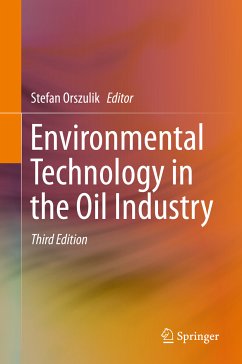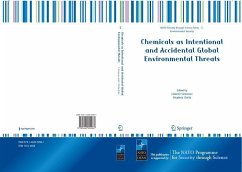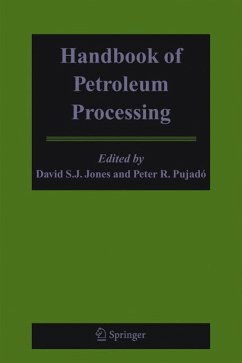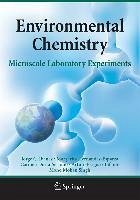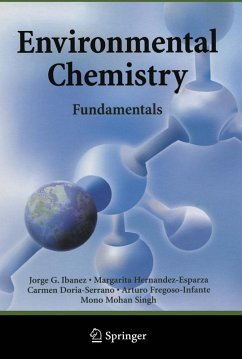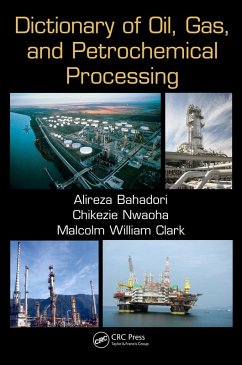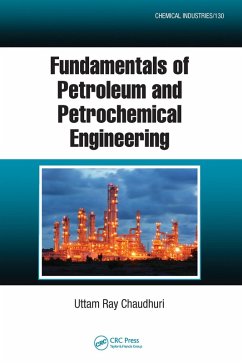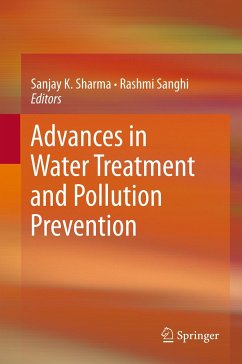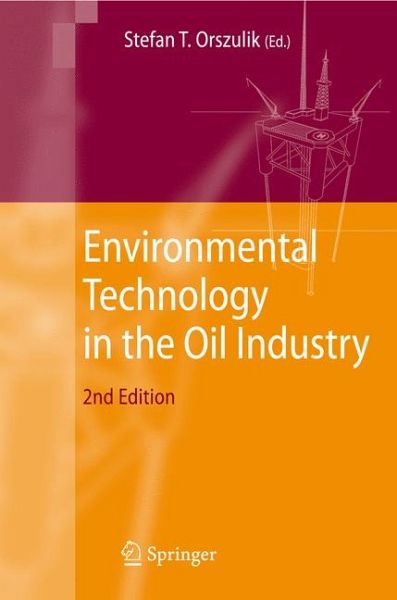
Environmental Technology in the Oil Industry (eBook, PDF)

PAYBACK Punkte
64 °P sammeln!
This significantly updated edition looks at each stage in the life cycle of petroleum products, from exploration to end use, examining the environmental pressures on the Oil Industry and its response.The Oil Industry produces a range of products without which modern civilization could not exist. Nevertheless, in today's environmentally conscious world, society demands that the industry manufactures and markets the products without unduly polluting the environment. Its ability and willingness to comply determines whether society will allow it a licence to operate.Technical developments are prog...
This significantly updated edition looks at each stage in the life cycle of petroleum products, from exploration to end use, examining the environmental pressures on the Oil Industry and its response.
The Oil Industry produces a range of products without which modern civilization could not exist. Nevertheless, in today's environmentally conscious world, society demands that the industry manufactures and markets the products without unduly polluting the environment. Its ability and willingness to comply determines whether society will allow it a licence to operate.
Technical developments are progressing in line with environmental concerns and increasing sophistication of computer modelling techniques. These subjects are inter-related, but have often been dealt with independently. This book will explore these topics together in a way that will be understandable to the non-expert, and those who are expert in one field, but wish to see their expertise discussed in the overall context.
Written primarily for those working in the Oil and related industries, this book also provides essential reference material for government and research institutions and all those with an interest in environmental technological issues.
The Oil Industry produces a range of products without which modern civilization could not exist. Nevertheless, in today's environmentally conscious world, society demands that the industry manufactures and markets the products without unduly polluting the environment. Its ability and willingness to comply determines whether society will allow it a licence to operate.
Technical developments are progressing in line with environmental concerns and increasing sophistication of computer modelling techniques. These subjects are inter-related, but have often been dealt with independently. This book will explore these topics together in a way that will be understandable to the non-expert, and those who are expert in one field, but wish to see their expertise discussed in the overall context.
Written primarily for those working in the Oil and related industries, this book also provides essential reference material for government and research institutions and all those with an interest in environmental technological issues.
Dieser Download kann aus rechtlichen Gründen nur mit Rechnungsadresse in A, B, BG, CY, CZ, D, DK, EW, E, FIN, F, GR, HR, H, IRL, I, LT, L, LR, M, NL, PL, P, R, S, SLO, SK ausgeliefert werden.



